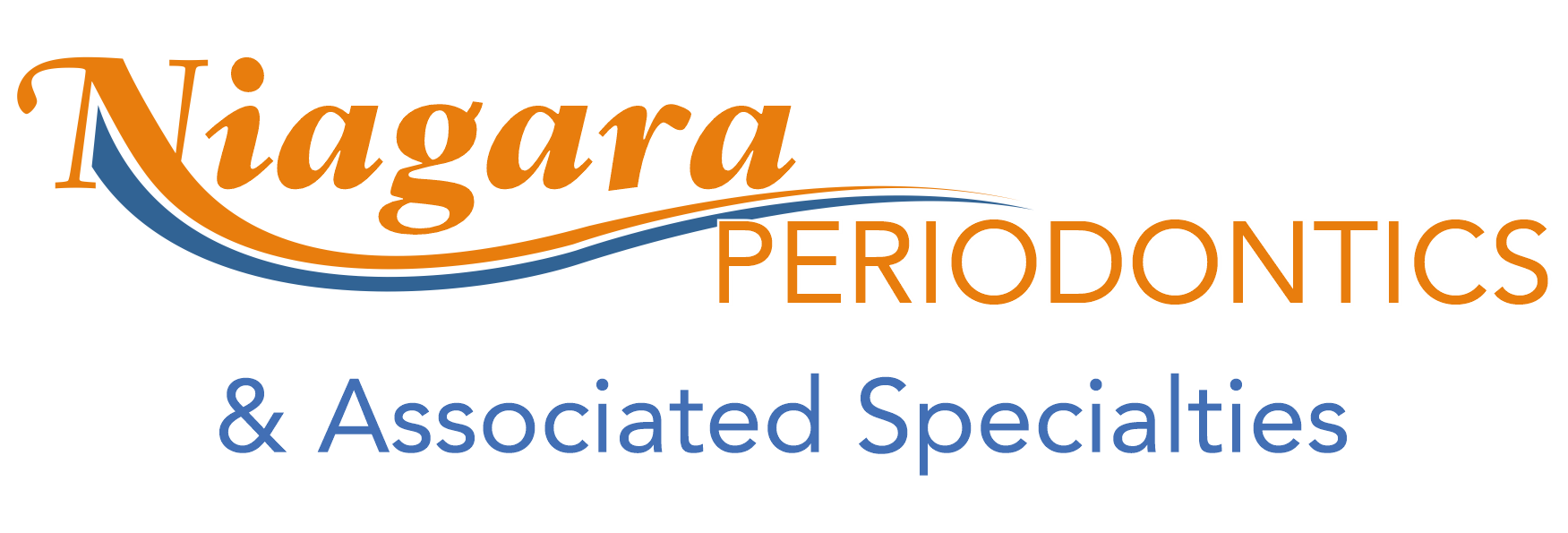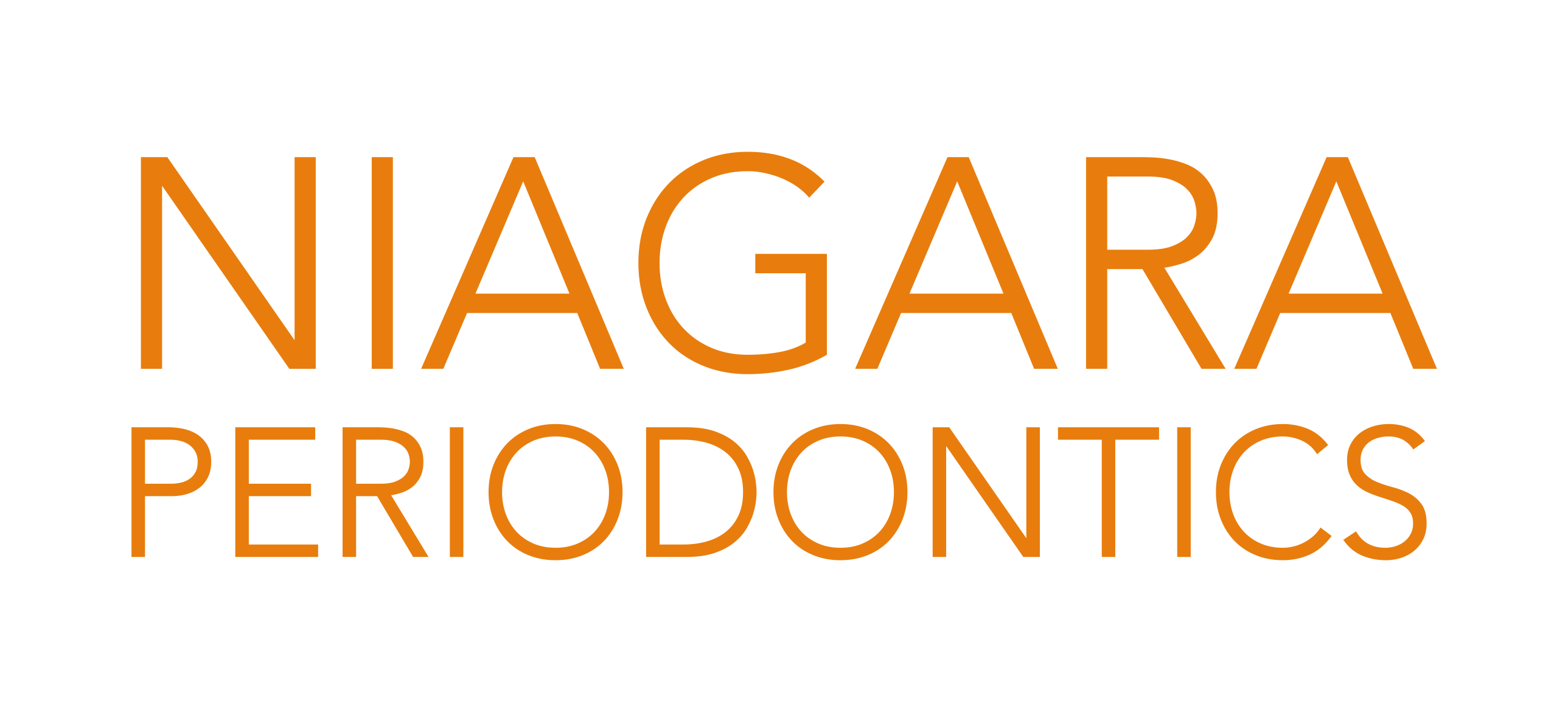What is Root Planing?
Root Planing is a thorough and precise cleaning of the roots of teeth that have been affected by periodontal disease. The built up tartar on the root surface (which causes periodontal disease) is very difficult to remove. Some of the calculus deposits are very fine and usually very adherent to the outer coating on the root surface, the cementum.
Root Planing is considered non-surgical therapy, involving the use of powered (sonic and ultrasonic) tools as well as hand instrumentation (curettes) to remove these deposits and smooth irregular root surfaces that have been damaged by bacterial accumulations.
Because the root surfaces can be quite sensitive, local anaesthetic is usually needed for this procedure and, depending on how much bacterial buildup is present, treatment is provided one region of the mouth per appointment.
After treatment, the area may be somewhat more sensitive, most often because exposed root areas are worn due to brushing, or the root surface is less hard and has become porous or decalcified. As the gum tissues become healthier, and swelling is reduced, some areas of the root may become exposed to cold air. Changing to a toothpaste that helps seal these areas and in-office fluoride treatments and application of desensitizing agents helps control these problems.
Full-Mouth Root Planing with anaesthetic is a definitive procedure that shouldn’t have to be repeated. However, new tartar will continue to build on the root surface and has to be effectively removed on a regular basis, with appropriate instrumentation, or the disease will return to its previous level of activity. This is accomplished with a regular periodontal maintenance program.
Appointment Request Call Us
Call Us 


